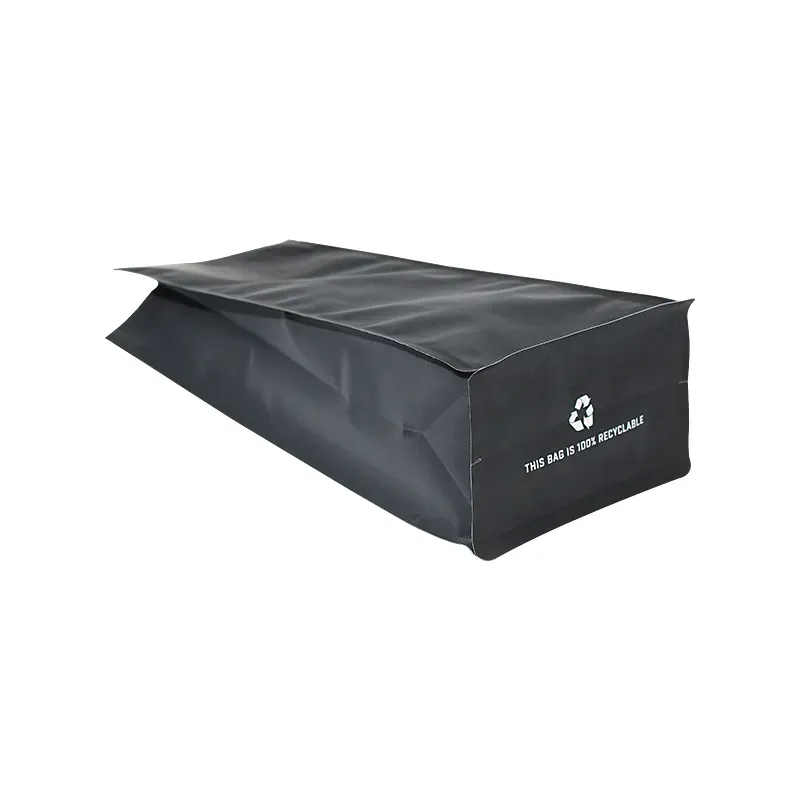how do vacuum chambers work
How Do Vacuum Chambers Work?
Vacuum chambers are fascinating devices that create a controlled environment by removing air and other gases from an enclosed space. This technology has substantial applications across various fields, including scientific research, industrial processes, and even consumer products. But how do vacuum chambers work, and what makes them so invaluable?
The Basics of Vacuum Chambers
At its core, a vacuum chamber is a sealed enclosure from which air and other gases have been removed, creating a pressure lower than that of the surrounding atmosphere. The degree of vacuum can vary widely, from low vacuum (a small reduction in pressure) to ultra-high vacuum (extremely low pressure). The essential components of a vacuum chamber include the chamber body, vacuum pumps, pressure gauges, and sometimes additional equipment for specific applications.
Creating a Vacuum
The process of creating a vacuum involves several steps. First, the chamber must be sealed properly. This is typically done using gaskets made from materials that can withstand the pressure differential and maintain a tight seal. Once the chamber is secured, a vacuum pump is employed to start removing air. There are various types of vacuum pumps, including
1. Positive Displacement Pumps These pumps remove gas by drawing it into a chamber and compressing it before expelling it outside. Examples include diaphragm pumps and rotary vane pumps.
2. Momentum Transfer Pumps Also known as molecular pumps, these remove gas by transferring momentum from moving blades or jets to the gas molecules, pushing them out of the chamber. Examples include turbomolecular pumps.
3. Cryopumps These work by trapping gas molecules on a cold surface, typically involving cryogenic temperatures. Cryopumps are particularly effective for achieving ultra-high vacuum levels.
how do vacuum chambers work

The choice of pump depends on the intended application and the desired level of vacuum.
Measuring Vacuum Levels
Once the vacuum chamber is in operation, it is crucial to monitor the vacuum level. Pressure gauges specifically designed for low-pressure environments are used for this purpose. Common types include ionization gauges for ultra-high vacuum and thermocouple gauges for lower vacuums. By continually monitoring the pressure, users can ensure that the chamber is functioning correctly and achieve the desired vacuum conditions.
Applications of Vacuum Chambers
Vacuum chambers serve a wide range of applications. In the scientific community, they are vital for experiments in fields such as physics and materials science. For example, researchers use vacuum chambers to study the behavior of materials at high temperatures or to conduct experiments in a controlled atmosphere that simulates conditions found in outer space.
In industry, vacuum chambers are employed in processes such as vacuum coating and material deposition. They are used to apply thin films of materials onto surfaces, which is essential in manufacturing semiconductors, optical devices, and packaging materials. Additionally, vacuum chambers play a critical role in the preservation of food and pharmaceuticals, helping to extend shelf life by removing air that can lead to spoilage.
Conclusion
In summary, vacuum chambers are ingenious devices that create a low-pressure environment by removing air and gases from a sealed chamber. With the use of specialized pumps and pressure gauges, these chambers can maintain a range of vacuum levels suitable for various scientific and industrial applications. Their importance continues to grow as technology advances, enabling research and manufacturing processes that were once considered impossible. Understanding how vacuum chambers work reveals the intricate balance of engineering and science that drives innovation in a multitude of fields.













